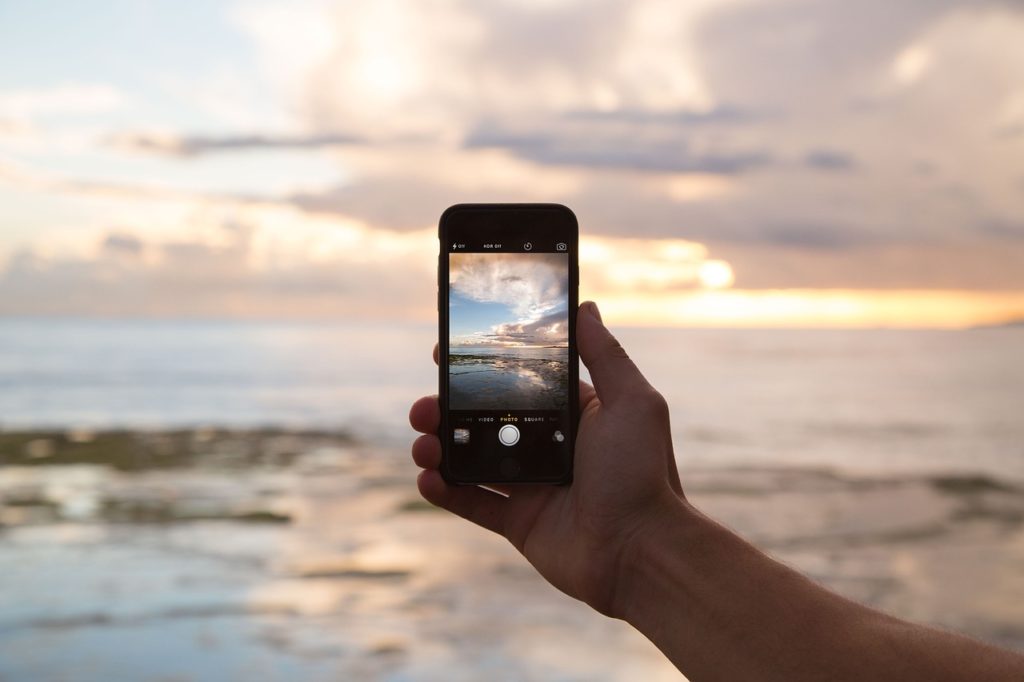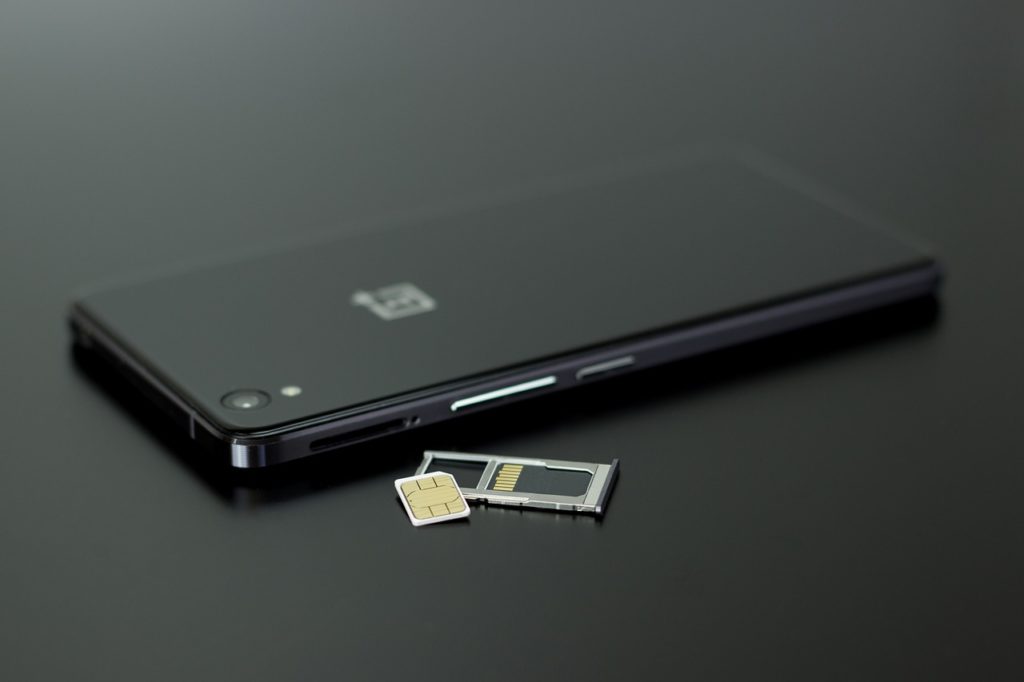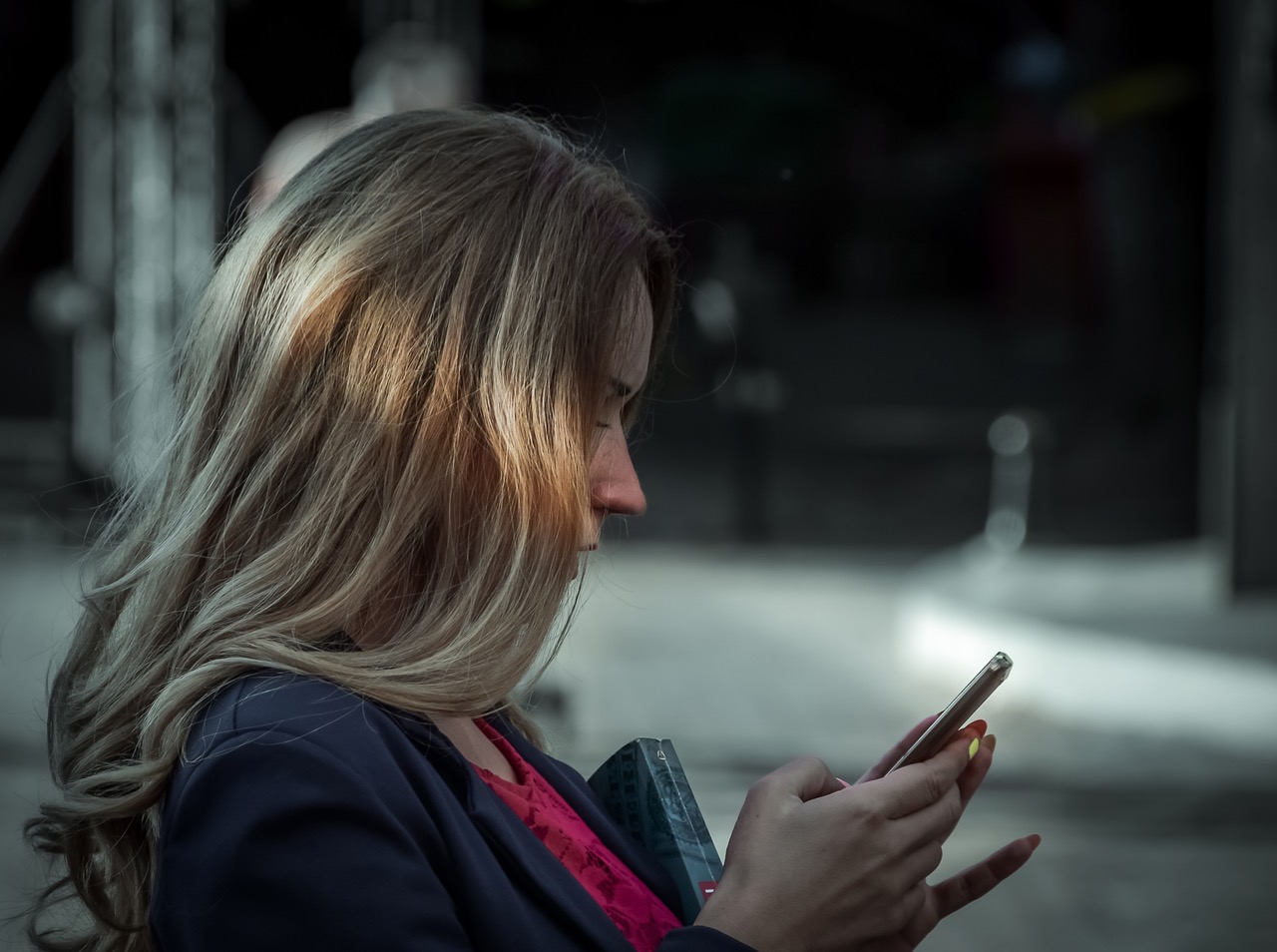Today’s smartphones have so many features that most people don’t actually use all of them. While newer phones are more intuitive by nature, there are a myriad of tips and tricks that can help users to get the most from them. While you may consider yourself to be a relatively tech-savvy person, there are probably some tips and tricks you didn’t know. We’ll clue you in on some little-known ones that can make using your smartphone easier than ever.
Keep Your Photos Even If You Don’t Keep Your Phone
With tech companies releasing new phones approximately every 18 months, it’s likely that many consumers upgrade their devices just as often. While upgrades are a common reason for swapping phones, other circumstances such as loss, damage, or theft may leave you without a phone. Whether you have an Android or iOS smartphone, regaining access to your contacts, calendars, and emails is usually easy. However, tracking down the pictures from your old phone can sometimes be difficult.
One of the best solutions for keeping your photos safe is Google Photos. The web-based app, which is available for iOS and Android devices, allows you to automatically back up your photos as you take them. That way, if you lose your phone, you can simply download the app and enter your credentials to gain access.
When it comes to smartphones, photos and videos take up an inordinate amount of space. Recent renditions of high-end smartphones such as the iPhone and Samsung Galaxy are equipped with HD cameras and 4K video capabilities, which means that they use even more space than their predecessors. Consumers who take a lot of photos and videos can quickly find themselves low on storage. Enabling Google Photos is a smart way to keep all of your pictures while freeing up valuable space on your phone.

Extend Your Battery Life
We’ve all been there: your phone’s battery is dangerously low and a charger isn’t available. Most will resign themselves to the fact that their battery is going to die soon, but it doesn’t have to be this way.
Recent firmware updates allow both iPhone and Android users to adjust their settings in the interest of preserving battery life until they’re able to fully charge their devices. Referred to as Low Power Mode for iPhones or Power Saving Mode for Android devices, these settings effectively disable any non-critical processes running in the background. Once enabled, your phone’s battery can last up to four hours longer than usual. iPhones even have a built-in warning that pops up when the battery is critically low—or at 20% or less—giving you the chance to immediately enable Low Power Mode.
Another battery-saving tip is to avoid using your phone while it’s charging, which explains why many charging cords are short. Most newer phones use lithium-ion (Li-ion) batteries, which can only withstand so many charging cycles before they need to be replaced. Repeatedly neglecting to fully charge your phone can drastically reduce the life of the battery.
Memory Management
We’ve already talked about photos and the toll they can take on your device’s available storage. However, there are even more ways to maintain adequate available memory on your smartphone. One option is to use memory management software. This type of software, which is often free or inexpensive, can be used on a variety of smartphone models. Memory management software goes a step further than just deleting apps. It actually accesses the hard drive of your phone and is capable of recovering lost information.
For Android users, installing memory management software has proven to help these devices run faster. All of the processes occur in the background at user-defined intervals, meaning that you can use your phone as its memory is being optimized.
Depending on the smartphone model, you may find that you have trouble maintaining enough free storage for everything you need to do. Certain apps, as well as pictures and documents, take up a lot of space on a phone, so it can be difficult to choose what to keep and what to throw out.

Use Dictation for More Than Text Messages
Dictation is one of the best smartphone features to come along in recent years. Over time, dictation capabilities have improved, yet many people don’t use this helpful feature. Those who do use it typically only use it to compose text messages or emails while on the go. While these uses for it are helpful, there’s even more that can be done with dictation.
For professionals or students, dictation can be used to make completing your work infinitely faster. The average person can type about 40 words per minute, yet they can speak an average of 100 words per minute. With statistics like these, it’s easy to see why using dictation for presentations, reports, and school assignments can significantly speed up the process. Dictation software is built-in on both Android and iPhones, and there are a variety of third-party dictation apps with more robust features. Virtually any app that allows you to use a keyboard will also support dictation, so you could conceivably create and edit documents in Google Docs or Apple Pages, to name a few.
These are just a few of many tips to help you make the most of your smartphone. As technology continues to evolve, there is sure to be even more cool things that your smartphone will be able to do.

